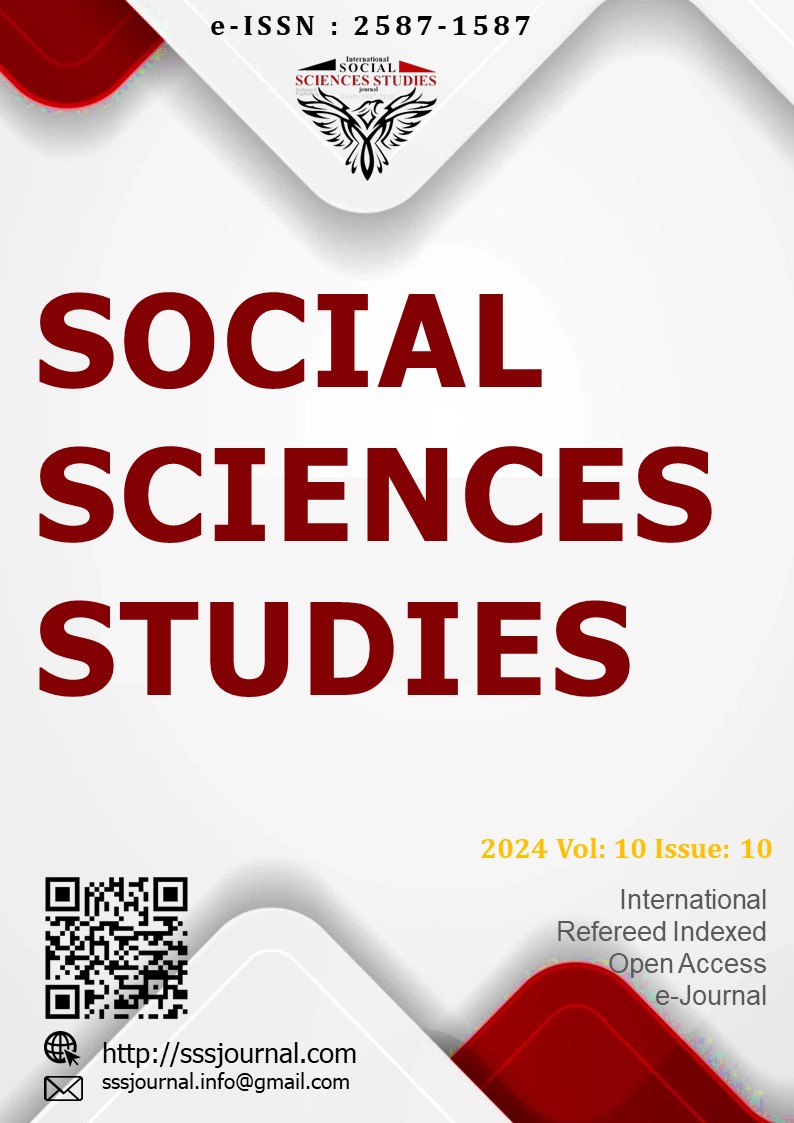Author :
Abstract
Bu araştırmada, fen bilgisi öğretmen adaylarının tıbbi bitkiler hakkındaki bilgilerinin belirlenmesi ve ilgili uygulama reçetelerinin ortaya konulması amaçlanmıştır. Bitkiler tamamlayıcı ve alternatif tıbbın bir parçası olduklarından çok eskiden beri insanlar tarafından çok değişik amaçlar (gıda, ilaç, kozmetik, parfümeri, tekstil, meşrubat, dini törenler, boya, zirai mücadele, tütsü, vücut bakımı ve biyoyakıt gibi alanlarda) için kullanılmaktadır. Araştırmanın çalışma grubu 2023-2024 eğitim-öğretim yılı bahar döneminde fen bilgisi öğretmenliği 4. sınıfta öğrenim gören 20 öğretmen adayından oluşmaktadır. Araştırmanın amacına uygun olarak on iki adet bitkinin (tıbbi papatya, rezene, sarı kantaron, kudret narı, ısırgan otu, haşhaş, ökse otu, zerdeçal, çarkıfelek, salep, karanfil ve kimyon) ikişer kullanım reçetesine ait sorulardan oluşan veri toplama aracı (anket) hazırlanmıştır. Bu reçetelerdeki açık uçlu sorularda katılımcılardan tıbbi bitkilerin kullanım amaçlarını (hayvan veya insan tedavisinde hangi hastalıklara karşı kullanıldıkları), kullanım şekillerini (tedavide hangi yöntem veya yöntemlerle kullandıkları) ve kullanılan kısımlarını (kabuk, yaprak, çiçek, meyve, tohum, kök, rizom, yumru ve soğan) yazmaları istenmiştir. Verilerin geçerliliği artırmak için katılımcılarla odak grup görüşmeleri (40-45 dk) ve bireysel görüşmeler (15-20 dk) yapılmıştır. Sonuç olarak, fen bilgisi öğretmen adayları tarafından en çok tanınan tıbbi bitkilerin karanfil, sarı kantaron, zerdeçal ve salep, en az tanınan tıbbi bitkilerin ise rezene, çarkıfelek, haşhaş ve ökse otu olduğu belirlenmiştir.
Keywords
Abstract
This research, aims to determine the knowledge about medicinal plants of prospective science teachers and to reveal the relevant application prescriptions. Since plants are a part of complementary and alternative medicine, they have been used by people for many different purposes (food, medicine, cosmetics, perfumery, textile, beverage, religious ceremonies, paint, agricultural control, incense, body care and biofuel) since ancient times. The study group of research consists of 20 prospective teachers studying in the 4th grade of science teaching in the spring semester of the 2023-2024 academic year. In accordance with the purpose of the research, a data collection tool (questionnaire) consisting of questions regarding two usage prescriptions for twelve plants (medicinal chamomile, fennel, St. John's wort, bitter melon, nettle, poppy, mistletoe, turmeric, passionflower, salep, clove and cumin) was prepared. In the open-ended questions in these prescriptions, participants were asked to write the purposes of use of medicinal plants (which diseases they are used against in animal or human treatment), their methods of use (with which method or methods they are used in treatment) and the parts used (bark, leaf, flower, fruit, seed, root, rhizome, tuber and bulb). In order to increase the validity of the data, focus group interviews (40-45 min) and individual interviews (15-20 min) were conducted with the participants. As a result, it was determined that the most recognized medicinal plants by the prospective science teachers were clove, St. John's Wort, turmeric and salep, while the least recognized medicinal plants were fennel, passionflower, poppy and mistletoe.





